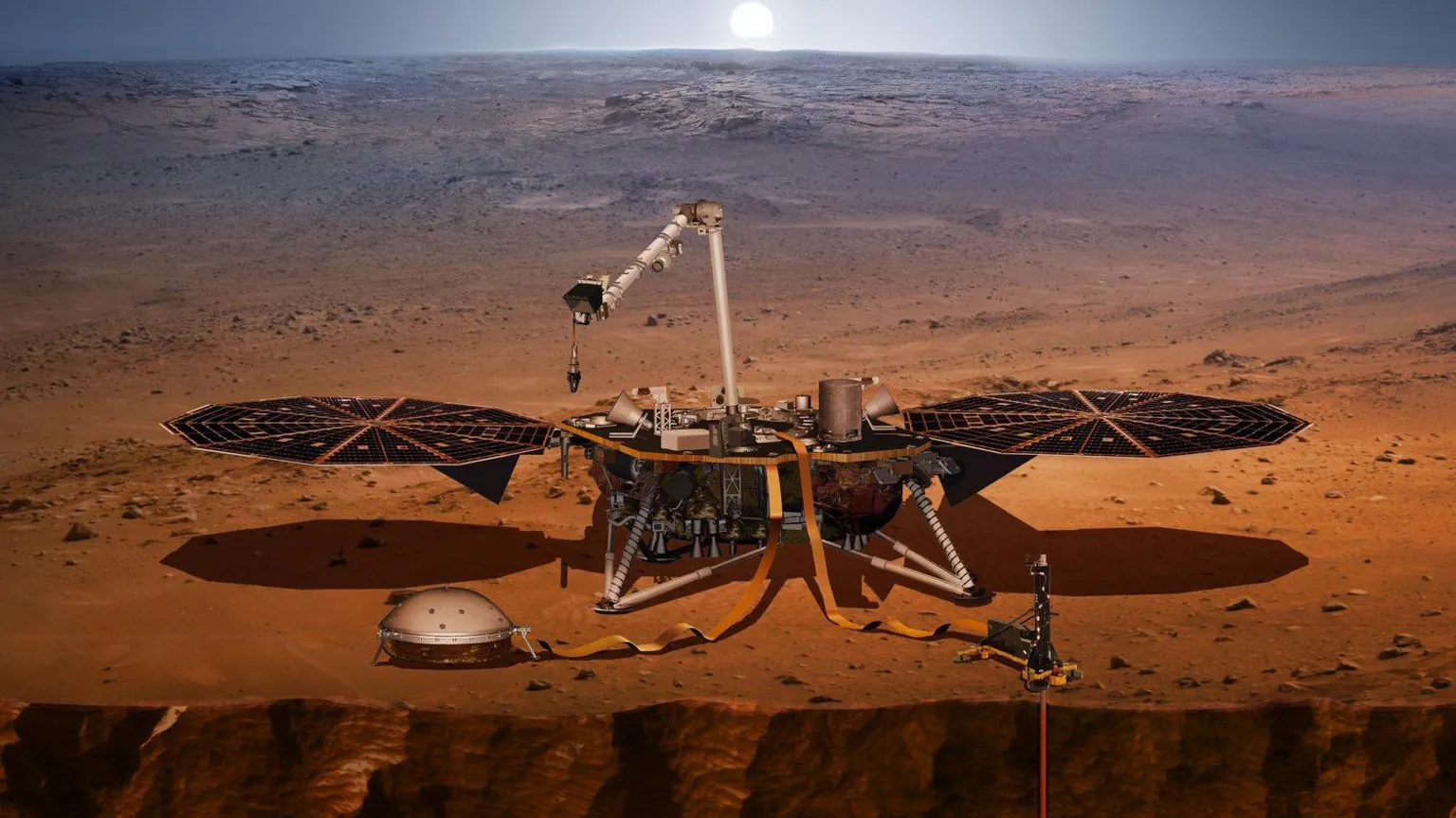NASA’s Mars Insight Lander, operational from 2018 until its mission concluded in December 2022, has provided data leading to a remarkable discovery: liquid water exists deep within the Martian crust. By utilizing a seismometer on board, the lander recorded over 1,300 Martian quakes, allowing scientists to analyze seismic waves and infer the presence of underground water reservoirs.
Researchers, using methods akin to those employed on Earth for locating subterranean water and oil, detected signs of water at depths between 10 to 20 kilometers. This finding, published in the Proceedings of the National Academy of Sciences, not only challenges our understanding of the Martian environment but also hints at new possibilities for studying the planet’s geological and climate history.
The presence of deep-seated liquid water reshapes our comprehension of Mars’ water cycle and its climatic evolution. The surface of Mars showcases evidence of ancient rivers and lakes, suggesting a once water-rich planet. However, much of this water has disappeared over billions of years, with a significant amount possibly trapped underground, similar to Earth.
This discovery is pivotal for ongoing Mars exploration and the quest for extraterrestrial life, suggesting that habitable environments may exist far beneath the planet’s surface. While the water’s location deep within the Martian crust poses significant challenges for extraction, particularly for future colonization efforts, it opens up intriguing scientific opportunities. Drilling to these depths on Mars, as highlighted by Professor Michael Manga from the University of California, Berkeley, would be a formidable challenge even for technologically advanced endeavors.
The implications of this discovery extend beyond understanding Martian geology. If similar water reservoirs exist across Mars, they could form a substantial layer of water if spread across the surface, enhancing the planet’s potential for supporting life. This underground water could also be a critical target in the ongoing search for life, providing a potentially habitable environment shielded from the harsh surface conditions.
For more details on this fascinating development, you can read the full article on BBC News
